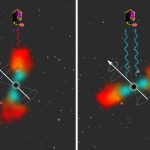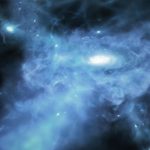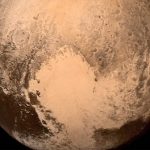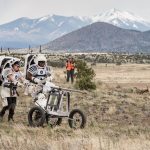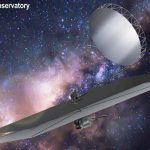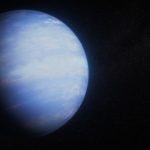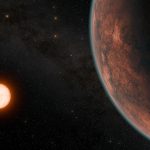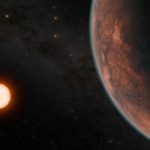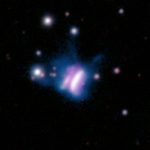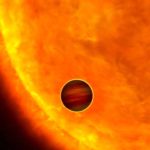Scientists find way to measure spin of supermassive black hole for the first time
Astronomers at MIT, NASA, and other institutions have discovered a new way to measure the spin of supermassive black holes by observing the wobbly...
Earliest galaxies in the universe observed for the first time
Researchers at the University of Copenhagen have used the James Webb Space Telescope to witness the birth of three of the universe's earliest galaxies,...
New calculations offer a closer peek at Pluto’s ocean
New calculations are bringing an ocean of liquid water deep beneath the icy surface of Pluto into focus, a new study shows.
In a paper...
NASA is practicing for the Moon with partial space suits
In just a few short years, NASA hopes to put humans back on the lunar surface.
The first moonwalk in more than 50 years is...
Astronomers propose a 14-meter infrared space telescope
The Universe wants us to understand its origins.
Every second of every day, it sends us a multitude of signals, each one a clue to...
Webb Telescope explains a puffy planet
I love the concept of a ‘puffy’ planet! The exoplanets discovered that fall into this category are typically the same size of Jupiter but...
Scientists discover potentially habitable ‘Exo-Venus’ 40 light-years away
Astronomers have discovered an intriguing Earth-like exoplanet, named Gliese 12 b, located 40 light-years away.
This planet, which may be slightly warmer than Earth, could...
A new Venus-sized world found in the habitable zone of its star
The parade of interesting new exoplanets continues.
Today, NASA issued a press release announcing the discovery of a new exoplanet in the Gliese 12 system,...
This is the largest planet-forming disk ever seen
Roughly 1,000 light-years from Earth, there is a cosmic structure known as IRAS 23077+6707 (IRAS 23077) that resembles a giant butterfly.
Ciprian T. Berghea, an...
Maybe ultra-hot Jupiters aren’t so doomed after all
Ultra-hot Jupiters (UHJs) are some of the most fascinating astronomical objects in the cosmos, classified as having orbital periods of less than approximately 3...

